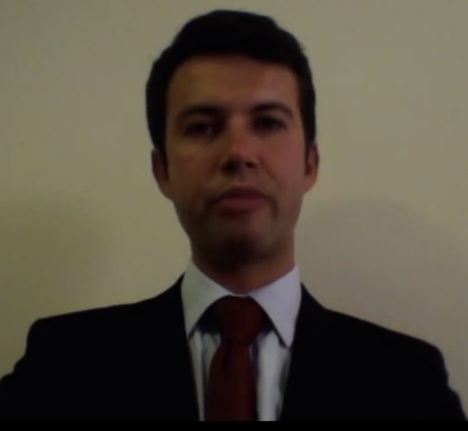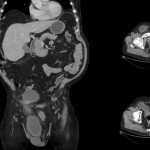Video: 1,138 consecutive laparoscopic radical prostatectomies – Minimum five-year follow-up
Minimum five-year follow-up of 1,138 consecutive laparoscopic radical prostatectomies
OBJECTIVES
To investigate the long-term outcomes of laparoscopic radical prostatectomy (LRP).
PATIENTS AND METHODS
In all, 1138 patients underwent LRP during a 163-month period from 2000 to 2008, of which 51.5%, 30.3% and 18.2% were categorised into D’Amico risk groups of low-, intermediate- and high-risk, respectively. All intermediate- and high-risk patients were staged by preoperative magnetic resonance imaging or computed tomography and isotope bone scanning, and had a pelvic lymph node dissection (PLND), which was extended after April 2008. The median (range) patient age was 62 (40–78) years; body mass index was 26 (19–44) kg/m2; prostate-specific antigen level was 7.0 (1–50) ng/mL and Gleason score was 6 (6–10). Neurovascular bundle was preservation carried out in 55.3% (bilateral 45.5%; unilateral 9.8%) of patients.
RESULTS
The median (range) gland weight was 52 (14–214) g. The median (range) operating time was 177 (78–600) min and PLND was performed in 299 patients (26.3%), of which 54 (18.0%) were extended. The median (range) blood loss was 200 (10–1300) mL, postoperative hospital stay was 3 (2–14) nights and catheterisation time was 14 (1–35) days. The complication rate was 5.2%. The median (range) LN count was 12 (4–26), LN positivity was 0.8% and the median (range) LN involvement was 2 (1–2). There was margin positivity in 13.9% of patients and up-grading in 29.3% and down-grading in 5.3%. While 11.4% of patients had up-staging from T1/2 to T3 and 37.1% had down-staging from T3 to T2. One case (0.09%) was converted to open surgery and six patients were transfused (0.5%). At a mean (range) follow-up of 88.6 (60–120) months, 85.4% of patients were free of biochemical recurrence, 93.8% were continent and 76.6% of previously potent non-diabetic men aged <70 years were potent after bilateral nerve preservation.
CONCLUSIONS
The long-term results obtainable from LRP match or exceed those previously published in large contemporary open and robot-assisted surgical series.



